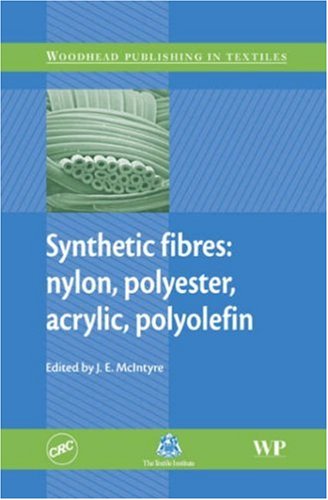

Most ebook files are in PDF format, so you can easily read them using various software such as Foxit Reader or directly on the Google Chrome browser.
Some ebook files are released by publishers in other formats such as .awz, .mobi, .epub, .fb2, etc. You may need to install specific software to read these formats on mobile/PC, such as Calibre.
Please read the tutorial at this link: https://ebookbell.com/faq
We offer FREE conversion to the popular formats you request; however, this may take some time. Therefore, right after payment, please email us, and we will try to provide the service as quickly as possible.
For some exceptional file formats or broken links (if any), please refrain from opening any disputes. Instead, email us first, and we will try to assist within a maximum of 6 hours.
EbookBell Team

0.0
0 reviewsSynthetic fibers account for about half of all fiber usage, with applications in every field of fiber and textile technology. Although many classes of fiber based on synthetic polymers have been evaluated as potentially valuable commercial products, four of them - nylon, polyester, acrylic and polyolefin - dominate the market. These four account for approximately 98% by volume of synthetic fibre production, with polyester alone accounting for around sixty percent.
Synthetic fibres: nylon, polyester, acrylic, polyolefin provides a brief history of the early evaluations that led to this situation, then looks in detail at the development and present status of each class in four substantial chapters. Synthesis of chemical intermediates, polymerisation methods, fibre spinning and orientation technology, texturing techniques, production of microfibres, and chemical variants, e.g. for modified dyeability, are considered in detail.
Published in association with The Textile Institute